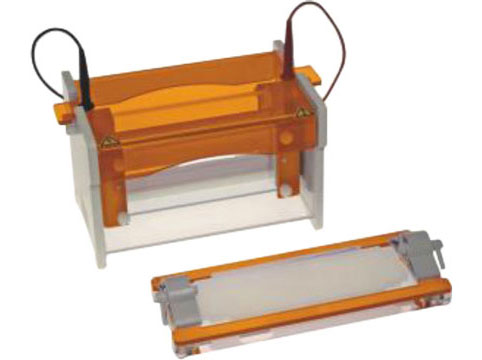Gel electrophoresis involves the movement of charged molecules through a gel matrix when an electric field is applied. The molecules are separated based on their size and charge, with smaller molecules moving faster through the gel than larger ones. This separation allows scientists to analyze and characterize biomolecules effectively.
Gel Types and Composition
The type of gel you choose plays a significant role in the success of your experiments. There are mainly two types of gels used in electrophoresis: agarose and polyacrylamide. Agarose gels are ideal for DNA separation, while polyacrylamide gels are better suited for proteins and RNA. Consider your specific research needs when selecting the gel type and its concentration.
Gel Size and Thickness
The size and thickness of the gel are also critical factors. Larger gels can accommodate more samples, while thinner gels provide better resolution for smaller molecules. Ensure that the gel size matches the volume of your samples and the type of analysis you intend to perform.
Sample Capacity
The number of samples you need to analyze at once should determine the Gel electrophoresis system's capacity. If you have a high sample throughput, opt for a system with multiple lanes or the ability to run multiple gels simultaneously.
Voltage and Run Time
The voltage applied during electrophoresis and the run time are essential for achieving accurate results. Higher voltage can lead to faster separations, but it may generate more heat, potentially damaging the samples. Longer run times can improve resolution but may also increase the risk of sample diffusion. Strike a balance between these parameters to optimize your experiments.
Detection and Imaging
Consider the detection and imaging options available with the gel electrophoresis system. Some systems come with built-in UV transilluminators and cameras for real-time visualization of DNA bands. Others may require external equipment. Choose a system that suits your imaging needs and budget.
Safety Features
Laboratory safety is paramount. Ensure that the gel electrophoresis system you choose has safety features such as lid interlocks, voltage regulators, and overheat protection to prevent accidents and protect your samples.
Portability and Space
Evaluate the available laboratory space and the need for portability. Some gel electrophoresis systems are compact and suitable for small labs or fieldwork, while others require more substantial bench space.
Compatibility with Accessories
Consider whether the system is compatible with additional accessories such as combs, trays, and power supplies. Compatibility ensures flexibility and scalability in your experiments.
User-Friendly Interface
A user-friendly interface can save you time and reduce the learning curve associated with operating the system. Look for a system with an intuitive interface and clear instructions.
Data Analysis Software
Some gel electrophoresis systems come with dedicated data analysis software, simplifying the interpretation of results. Check if the system you're considering offers such software and whether it meets your data analysis requirements.
